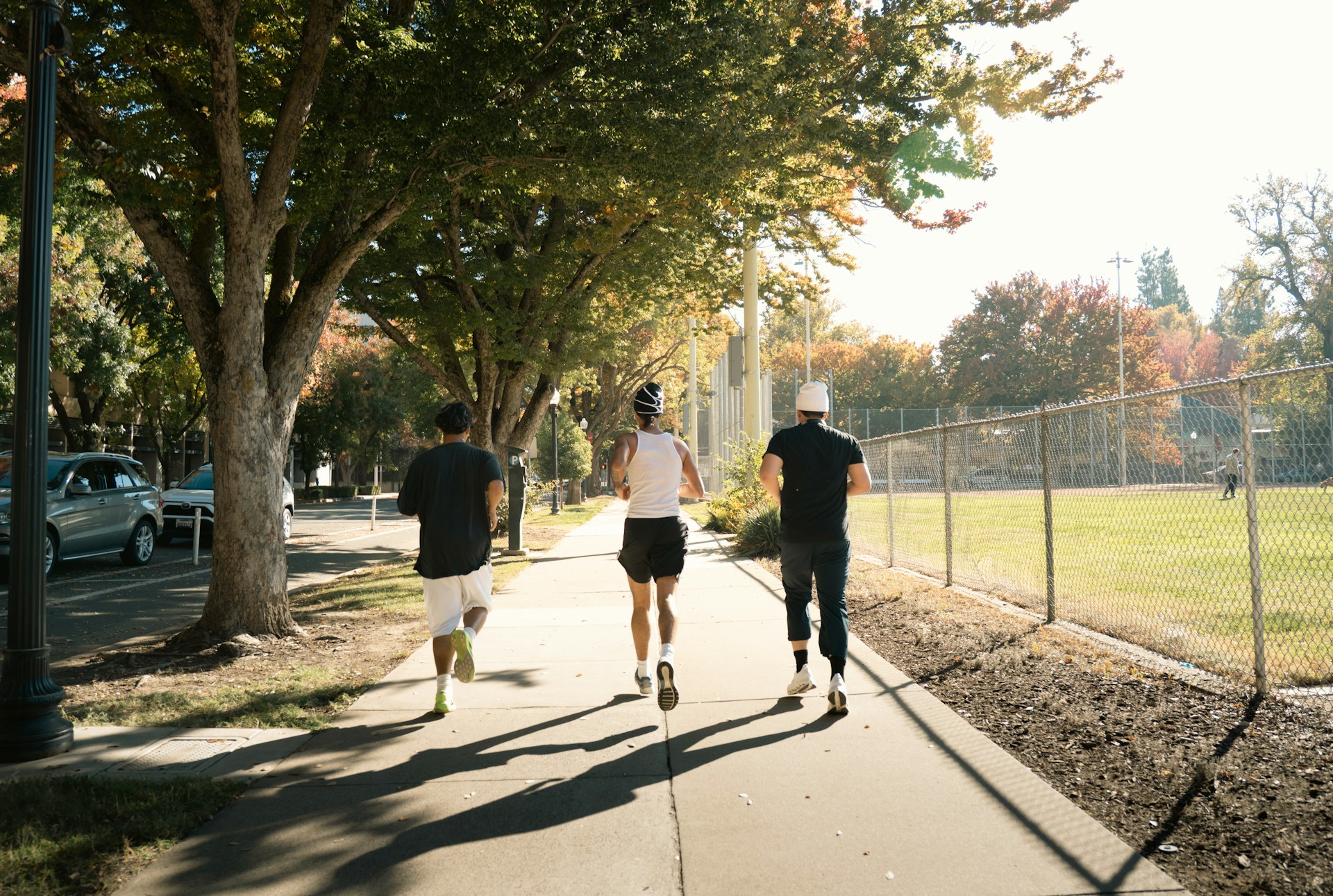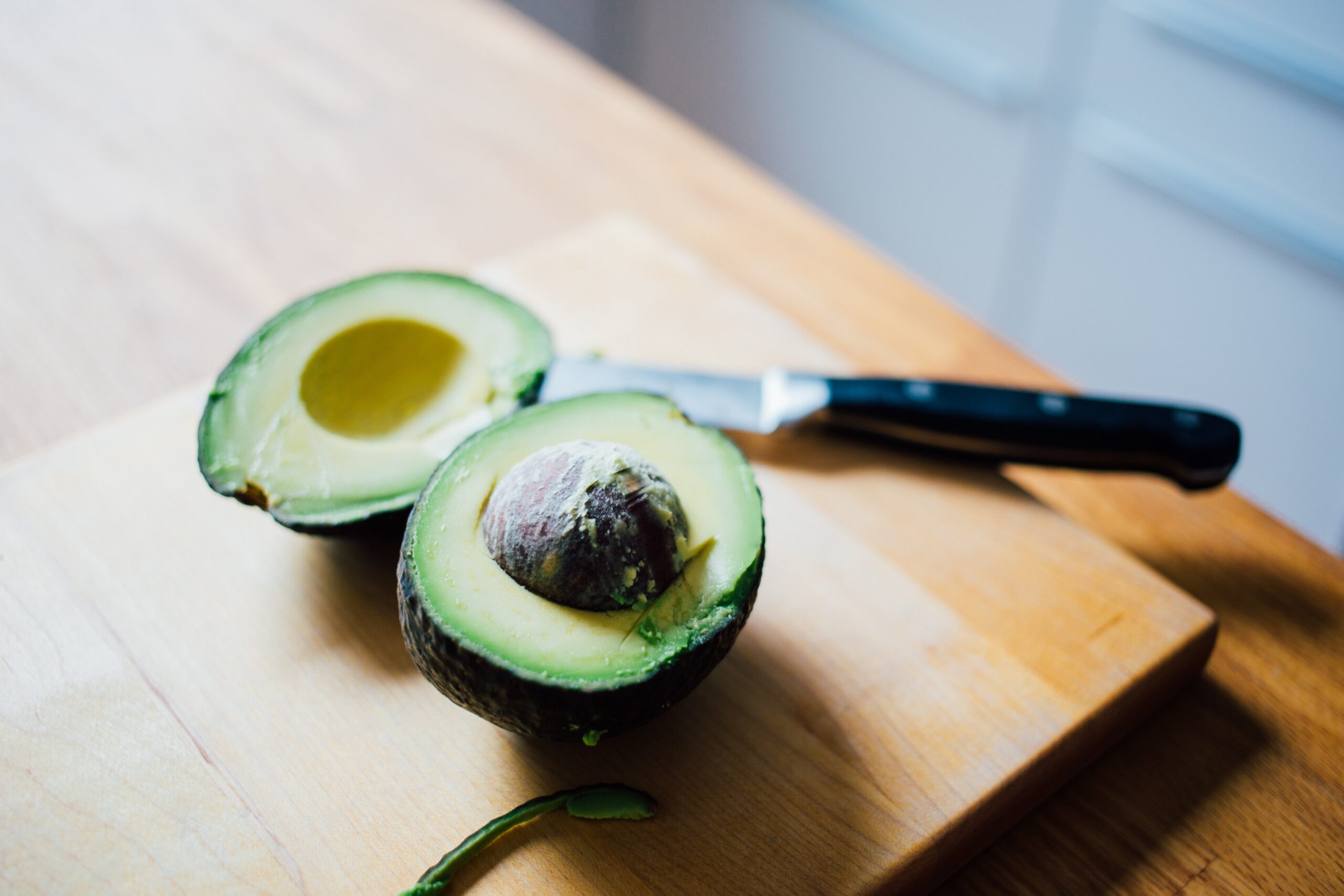“Stretch knee,” Yana said in her thick Russian accident.
“What?” I questioned. “Stretch knee,” she clarified, visibly frustrated. Oh, stretch my knee. Stretching was always my least favorite part of ballet class. I got through most of it by passively stretching my fingertips out toward my toes and collapsing onto myself. Still, the practice was slow, boring, and torturous while I anticipated the more exhilarating parts of class. When I joined the local ballet company this faux-pass did not cut it. The Russian ballerinas that ran the company were not only dancers, but athletes. They were hyper-aware of their bodies and stretching was more than a practice; it was a ritual. This is when I learned the true importance of stretching.
Yana taught me to view myself as an athlete. She knew I wanted to dance professionally and told me that if I don’t take the utmost precaution with my body, I could seriously injure myself and hurt my chances of becoming a professional dancer. She explained that anybody could injure themselves in day to day life but the chances of injury for us were much higher. While others day to day physical activities may include walking, cleaning, and reaching, we were leaping, turning, and contracting our bodies into art. She told me the story of a friend who was a dancer in NYC until one day, she didn’t stretch before an audition. She says that her friend had to do a split during the audition and injured her hip in doing so. Her friend was not able to dance professionally again. Perplexed by our conversation, I spoke to my mom about it. My mom agreed with Yana. A nurse in geriatrics, she told me that she makes sure her patients stretch after injury to help prevent further injury. According to Mayo Clinic, among these benefits stretching also helps your muscles to move through their full range of motion. That’s when I started to take stretching seriously.
Though it was seriously boring, I was serious about my career and if this small daily devotion was insurance that all of my efforts to make a career of dancing were not in vain, then I considered it worth while. Over the years, I’ve learned a few things that have landed me the opportunity to work as a professional performer in New York City. Here are some of my favorite stretches from ballet class.
Hamstring stretch
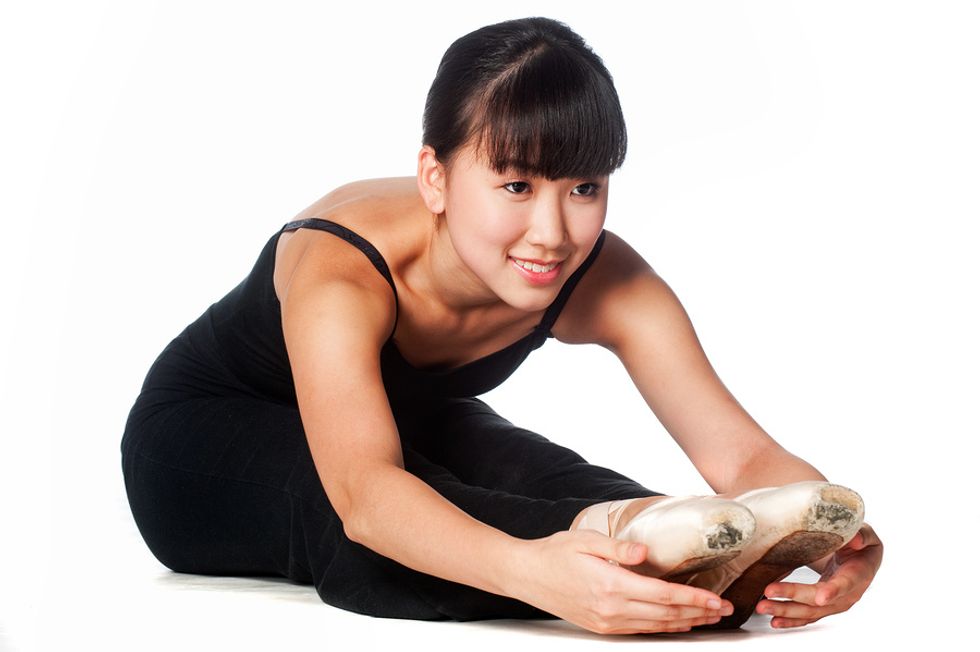 Ballet for Adults
Ballet for Adults
This stretch is pretty standard. In gym class, most people are made to touch their toes to prove their physical aptitude, but ballerinas take it a step further. Here are some amazing variations: Sitting high on your sits bones, put your legs together in front of you and rotate your legs out from the hip muscle. This is your turn out. From the muscles behind your legs, lengthen and stretch all the way down your thighs, calves, ankles, and finally, point your toes. First, reach straight up to the sky keeping your shoulders relaxed, then fold over your legs. If you need to, support yourself with your elbows lightly. As you sit in the stretch, make sure to breathe into it. With each breath, fold over a little further. If you work with your breath, you’ll be surprised at how far you’ll stretch and it’ll get easier every time.
If this isn’t too challenging. While you’re in the stretch, switch your feet to flexing. This will help even out the muscles you are stretching. After holding this stretch for 1-2 minutes, shake out your legs to get rid of any unnecessary tension.
Frog stretch
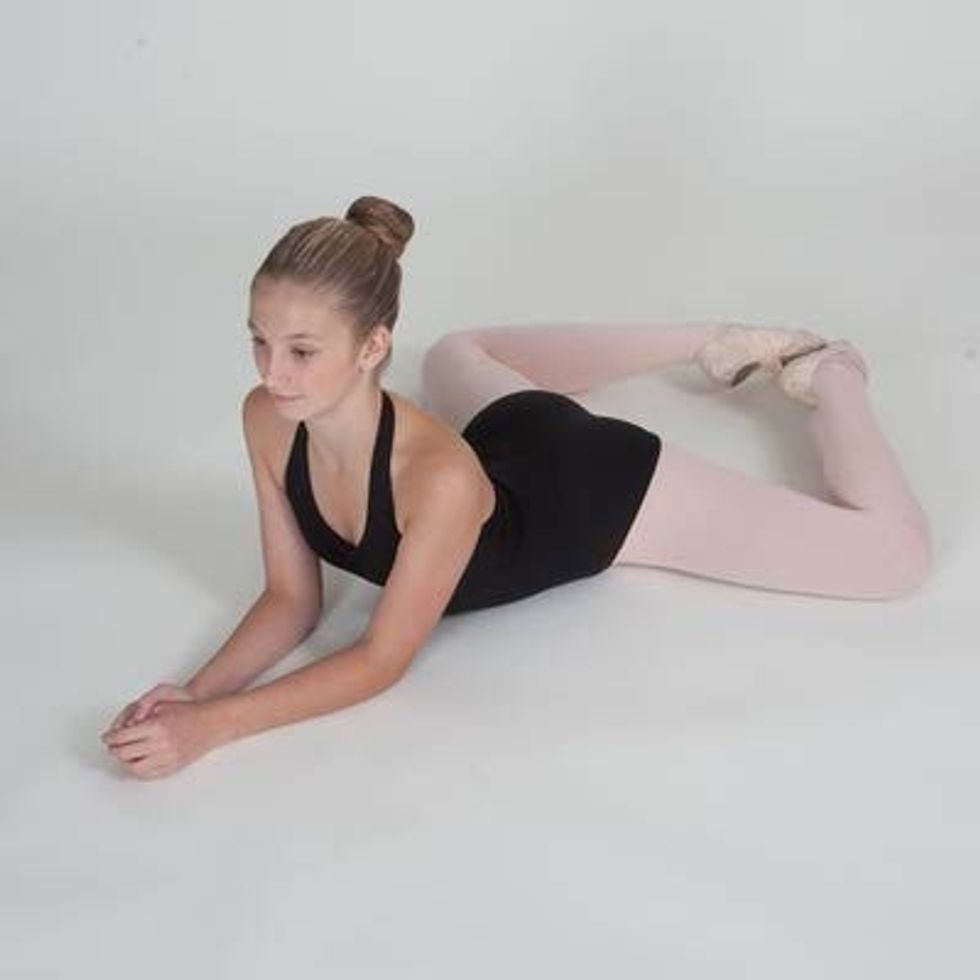 Pinterest
Pinterest
I dreaded this one big time back in the day, but now it’s my go-to before bed stretch. After hours of standing or sitting on the subway, trekking around town and more, my hips get very stiff. This is a great one especially if you work in an office and suffer from lower back pain. Lay on your stomach and put the bottoms of your feet together. Putting pressure into your hips and knees, try and push your feet closer to the ground. You’ll feel this stretch in your groin area and your hips.
Feet stretch
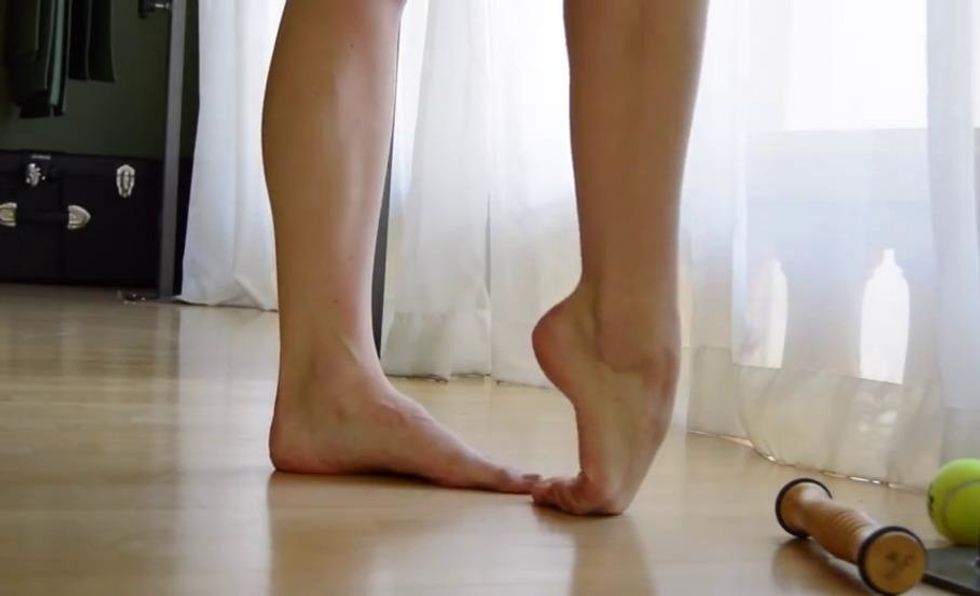 Google Play
Google Play
For ballerinas this is super important. If we don’t stretch and warm up our feet, we could injure those tiny but very important muscles when we land from jumps, or our pointe may be lack-luster. I’ve found for everyday life, stretching my feet helps. Are you a city dweller constantly on your feet? Do your arches ache from relentless heel wearing over holiday season? Try this stretch to alleviate these ailments.
Perch on your hands and situate your toes under you. Use your hands to support yourself while you shift forward and backward working the stretch. Do this for about 45 seconds. If you can balance well,tuck your toes under and stretch the tops of your feet in the same way.
The ultimate stretch routine
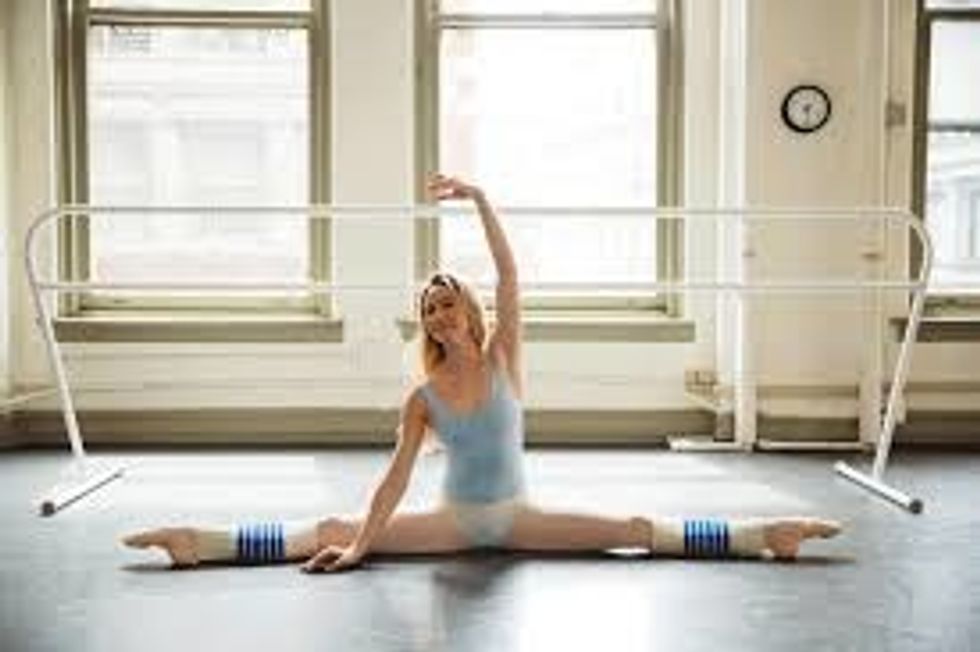 Covetour
Covetour
If I’m in a pinch for time and can’t do every stretch in the book, this is one I never miss. This quick routine touches on all of the important muscle groups. Spread your legs as wide as you can. Use your hands to support you and tilt your hips up and sit onto your sits bones to find the ideal alignment before getting started. This exercise is time based. Each move is isolated, but as the routine goes on, the time spent in each move is decreased creating and promoting flexibility, agility, and fluidity in the stretches.
First, point your toes bring your arms up and then out in a “T”. Reach to your left then up and over to your right side. Reach for your right toe with your left arm. Hold this for fifteen seconds, then turn your torso to lay flat on your right leg continuing to reach for your right toes. Hold this for fifteen seconds. Walk your hands to the center of your body reaching out in front of you. Hold this for fifteen seconds then walk your hands to your left leg and lay your torso on top of your leg reaching your toes, mirroring the same stretch you did on the left side. Hold this for fifteen seconds. Turn your torso out and reach over your head for your left toes. Hold this for fifteen seconds. Repeat this entire combo with flexed toes then again in ten second, five second, and two second increments. Remember to breathe into it. As the stretch becomes more fluid, it’ll feel really cathartic.
Remember that stretching should feel challenging but shouldn’t hurt. Push yourself to a comfortable point, but if it starts to hurt, shake it out and try a less intense stretch. With these four dynamic stretches, you’ve introduced yourself into a world of wellness and flexibility that will improve your daily life but will also improve your life long term.


